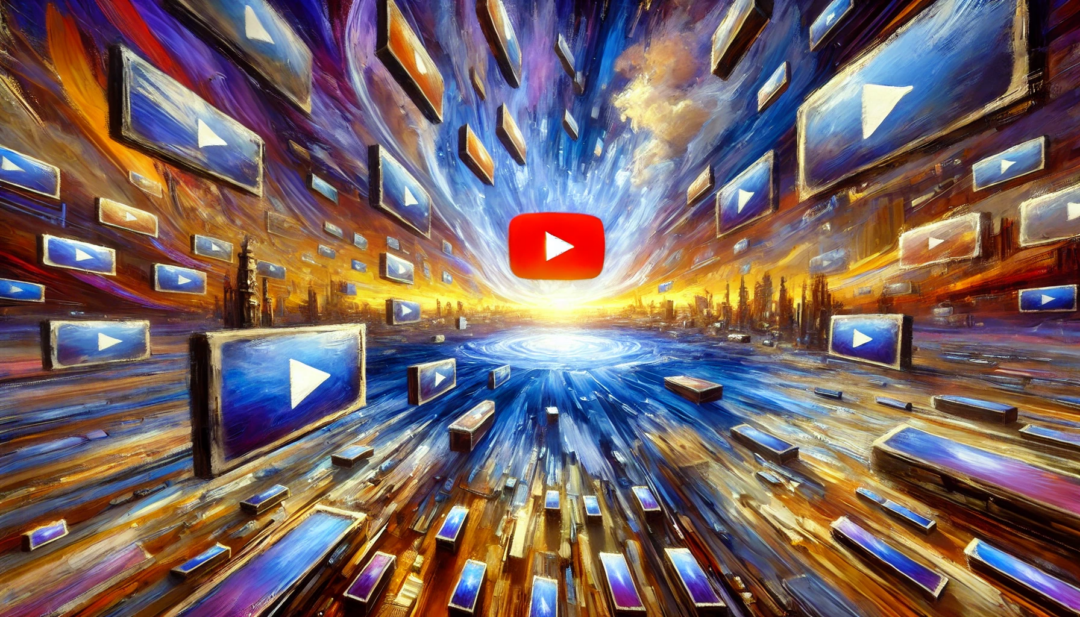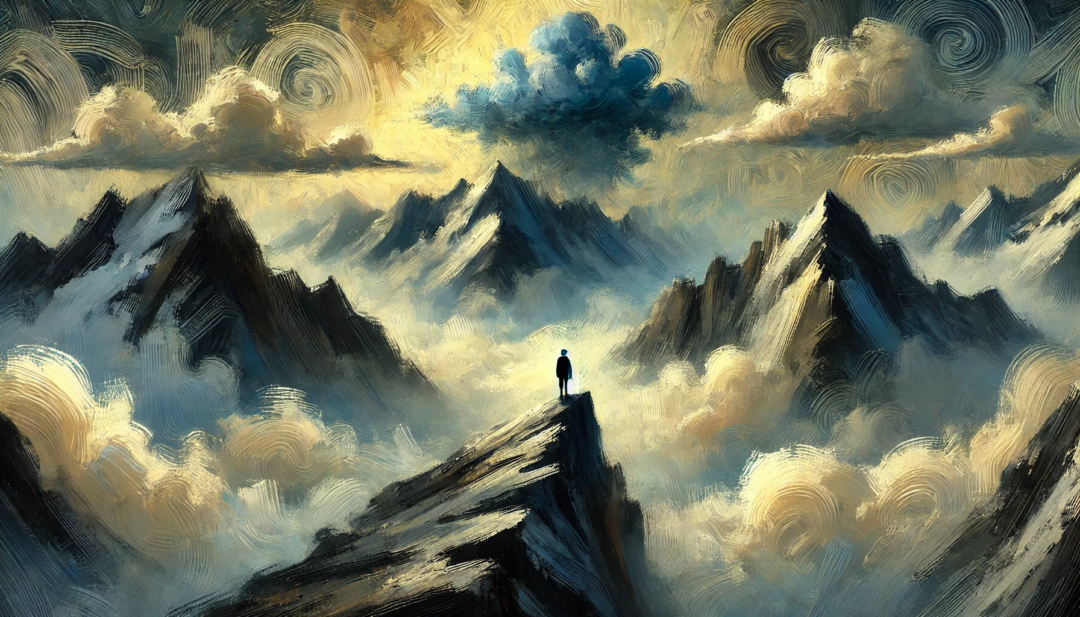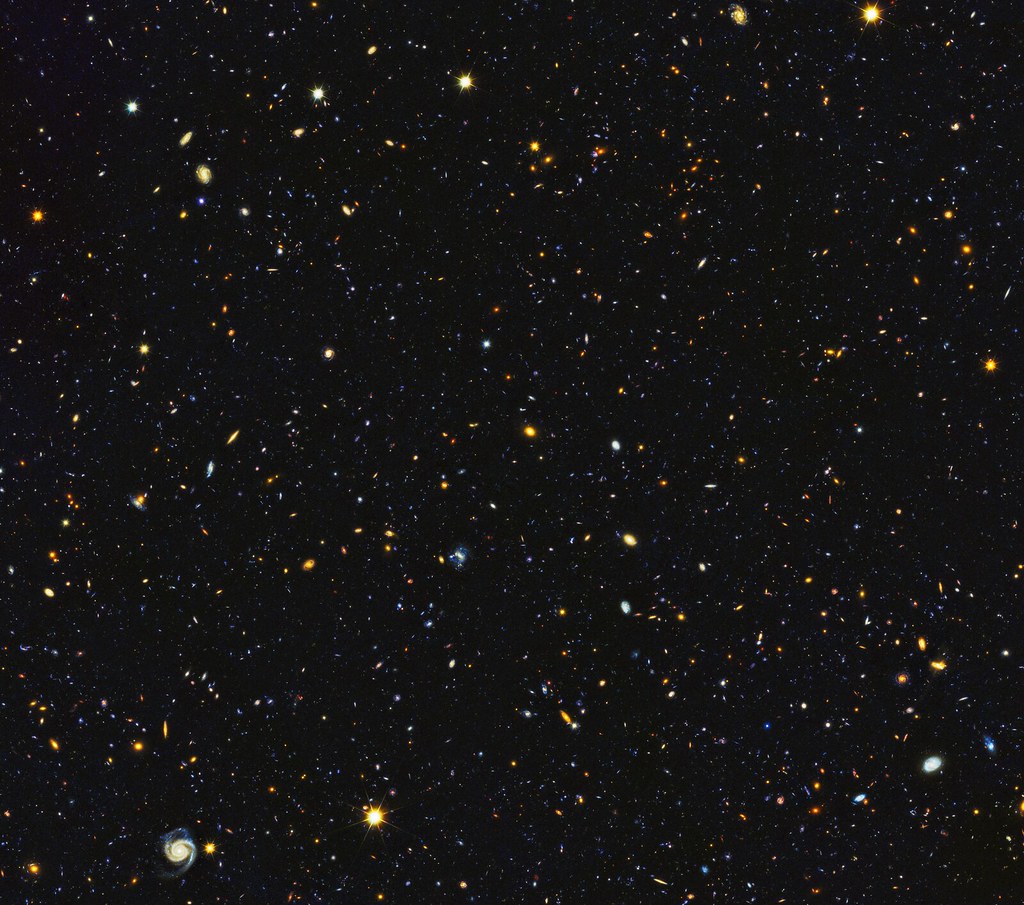For decades, the internet has been built around a simple premise: people create content, publish it online, and compete for attention. Whether it’s blog posts, YouTube videos, news articles, or social media updates, online content has always been a public, static entity. It sits on a website, waiting to be found—usually via search engines like Google or algorithm-driven feeds like YouTube and TikTok.
But what happens when AI no longer just surfaces content but creates it on demand for each individual? What if search engines and social feeds become obsolete because your AI already knows what you want and generates it for you in real-time?
In this future, the traditional model of static content competing for human attention collapses. Instead, AI-driven media would cater to each person individually, producing endless personalized text, images, and videos that adapt to personal preferences, interests, and emotions.
This shift could mean the end of the internet as we know it.
1. The End of Publicly Available Static Content?
Right now, if you want to read an article, watch a video, or find an image, you have to search for it, click a link, and consume it. In an AI-driven world, that step disappears entirely. Instead of pulling from a database of pre-existing content, AI would generate what you need, exactly when you need it.
- Instead of reading a news article, your AI could summarize world events in real-time, personalized to your interests and biases.
- Instead of searching for a blog post on a specific topic, an AI could write a custom version that matches your reading level, background knowledge, and perspective.
- Instead of watching a static YouTube video, AI could create a unique video tailored just for you—from a news recap to an AI-generated movie starring digital actors.
This means static content—content that exists publicly for anyone to find—becomes increasingly irrelevant.
If AI can generate personalized experiences instantly, there is little incentive for humans to publish fixed content at all.
2. The Death of Search and Algorithm-Driven Discovery
For decades, search engines and recommendation algorithms have been the gatekeepers of online content.
- Google ranks web pages and serves them to users based on queries.
- YouTube and TikTok recommend videos based on engagement metrics.
- Facebook and Twitter surface posts using algorithmic feeds.
But all of this assumes that content must be found—that it must be discovered in a sea of other content.
In an AI-driven world, discovery isn’t necessary because content is created dynamically and directly for you.
Imagine never needing to Google something because your AI assistant already anticipates your questions and delivers the answer before you even search for it.
Imagine never needing to browse YouTube because your AI generates a custom video tailored to your interests at that exact moment.
This would disrupt entire industries that rely on search traffic, algorithmic discovery, and engagement-based content monetization.
3. The Collapse of the Ad-Driven Internet?
Most online content today is funded by ads. Websites, YouTube creators, and social media influencers rely on drawing attention and serving advertisements.
If AI-generated content dominates, where do ads fit in?
- If users no longer browse websites but instead receive direct answers from AI, ad-driven media companies lose traffic.
- If AI generates videos tailored to individuals, traditional video advertising breaks down.
- If AI summarizes products for consumers, traditional SEO-based affiliate marketing becomes irrelevant.
Advertisers may shift from placing ads on static content to influencing AI-generated content directly. Instead of banner ads or pre-roll YouTube ads, AI could subtly integrate sponsored content into personalized media streams.
4. The Role of Human Content Creators in an AI World
If AI can generate any type of content instantly, what happens to human creators?
- Writers might become AI trainers, fine-tuning AI models to generate content in their personal style.
- Filmmakers might direct AI-generated movies, defining aesthetic rules instead of filming with cameras.
- Artists might collaborate with AI, setting creative parameters rather than painting every detail by hand.
The role of creativity won’t disappear—but it will become more about shaping AI than manually creating content.
5. The Persistence of Some Public Content
Despite AI’s ability to generate infinite personalized content, some public-facing content may still exist:
- News & Public Discourse: Society still needs shared narratives and verified journalism.
- Social & Cultural Content: People will still want to share personal experiences in human-driven spaces.
- Knowledge & Education: Some information must exist in static form for learning and reference.
6. The Fragmentation of Reality: Living in AI Content Bubbles
One of the biggest concerns in this AI-driven content world is hyper-personalized reality bubbles.
- If AI generates customized versions of news, people might live in completely different realities.
- If AI creates entirely personalized entertainment, there may be no common cultural experiences.
This could make misinformation more insidious and erode collective culture.
7. Will There Still Be an Internet as We Know It?
In a world where AI generates content in real time, the open web might shrink.
- Fewer static websites: AI would generate text dynamically.
- Fewer traditional videos: AI would synthesize video on demand.
- Less need for search: AI would tell you what you need to know.
The internet wouldn’t disappear, but it would transform into a private, AI-driven experience.
Final Thoughts: A Utopian or Dystopian Future?
This AI-driven content future could be incredibly powerful or deeply problematic. The biggest question isn’t whether this change will happen—it’s how we will shape it.
Will we build an AI-driven content world that enhances collective knowledge, or will we allow it to isolate us?
The answer will define the next era of the internet.
Discover more from Brin Wilson...
Subscribe to get the latest posts sent to your email.



